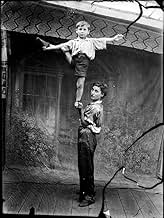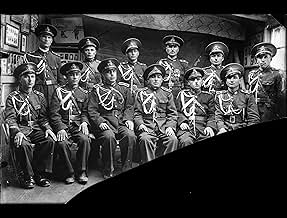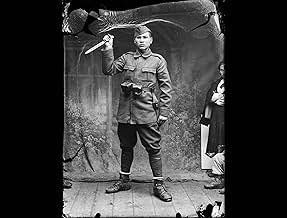This film could be thought of as the first part of a dilogy whose second is another Jude documentary, The Exit From the Trains (2020). The narration is taken from the memories of Jewish doctor and writer Emil Dorian. Dorian's text documents the slow but sure drift toward Nazi barbarity in the Romania of 1930. Jews are first forbidden to practice medicine, then other professions and are finally rejected from civil society altogether. They must prove their right to citizenship, and are assigned to hard labor in precarious conditions. Abuse steadily grows until June 1941, where Romania becomes a full fledged ally of Nazi Germany in Operation Barbarossa. Then, abuse becomes extermination and the Holocaust begins in full. Until the end of the war more than 300,000 Romanian and Ukrainian Jews were killed in Romania and territories under its control, One particular episode, the Iasi massacre of June 29, 1941 is the subject of Exit from the Trains.
The visuals are still photographs, black and white plates taken in a professional studio in a small town. They are mostly posed photos of wealthy peasants, professionals, families, children, ordinary citizens in ordinary circumstances. As the show goes on we see more military uniforms, exhibitions of guns and knives and Fascist salutes. The soundtrack consists mainly of propaganda speeches and patriotic songs, They promote fascist ideals: strength, loyalty, unity, sacrifice The photos don't show the terror later unleashed on the Jews, but rather the ordinary citizens who perpetrated it.
The Dead Nation is a provocative film that attempts to explain the unexplainable: how ordinary, mostly decent people can be brainwashed into murderers. It is an object lesson in documentary making and is particularly relevant now that Nazi collaborators are being rehabilitated in various European countries.


















